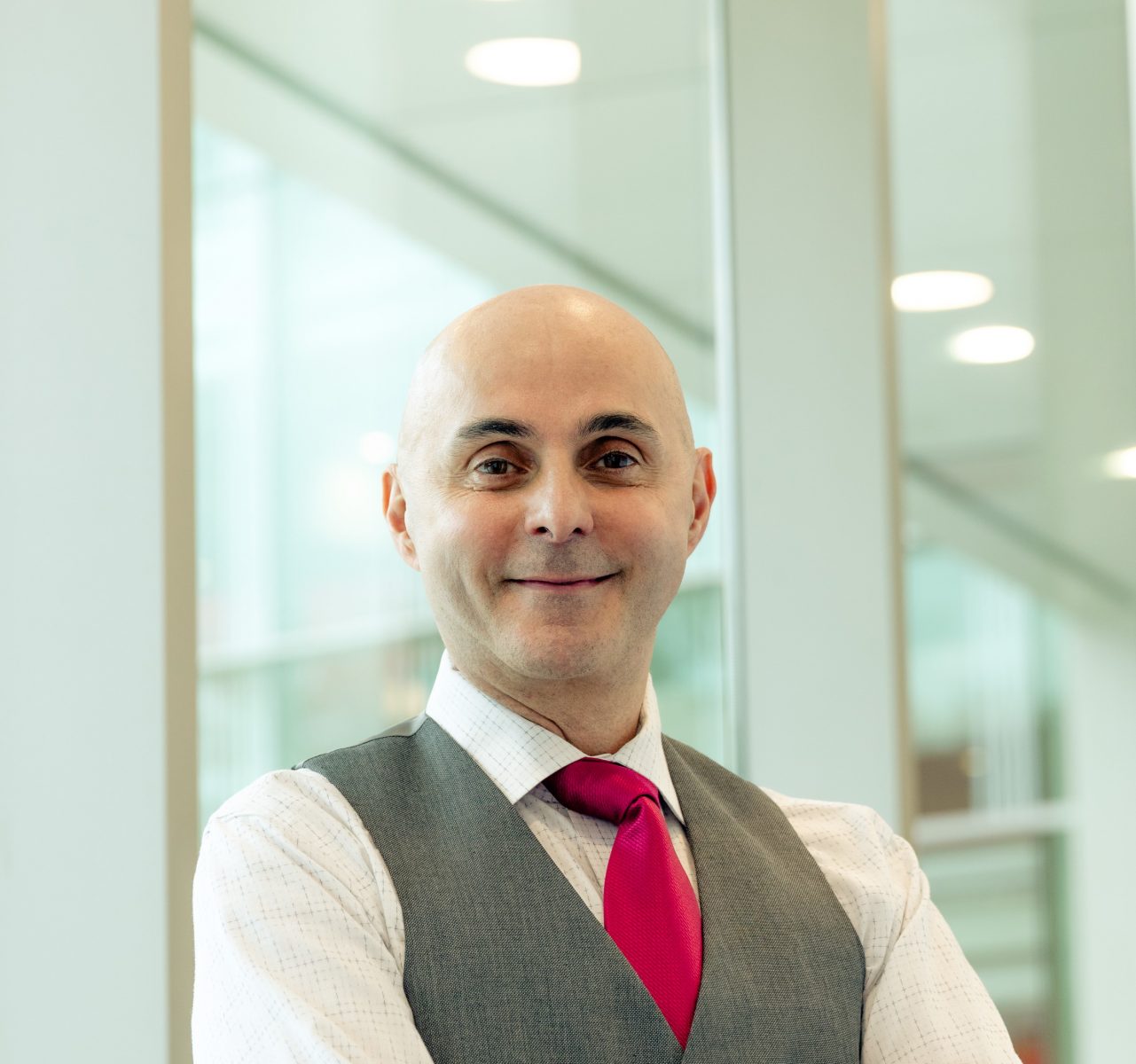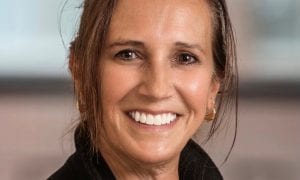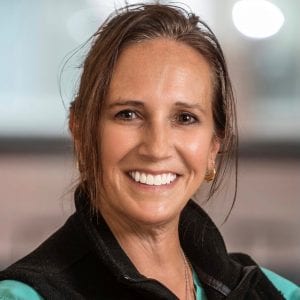By Ramon S. Torrecilha
Westfield State University President
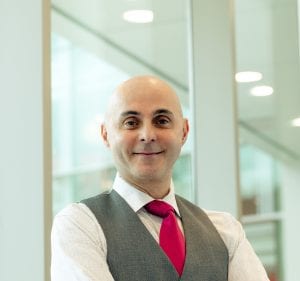
Westfield State University President Ramon S. Torrecilha. (Photo submitted)
WESTFIELD – Every year, a group of students takes a chance on Westfield State University, and we make an investment in them.
I’m not talking about college students. I am referring to the nearly 130 high-school juniors selected to participate as the third class of the Westfield Promise, an on-campus program that gives these students a first-hand look at college life, with the goal of giving them a clear pathway to higher education and, if they so choose, enrollment at our university.
The early results of the Westfield Promise are encouraging. More than a quarter of the students in the program’s first graduating class, who stayed with the program through senior year, are now freshmen on our campus. Some went to other colleges.
No high school student really knows what college life is like, with its varied activities, rich student life and rigorous coursework. This is particularly true of high school students selected for the Westfield Promise, who come from Holyoke, Westfield and two high schools in Springfield (Commerce and Putnam).
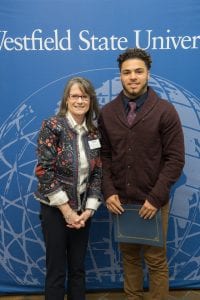
The Westfrield Promise recognition ceremony at Westfield State University.
Nearly 60 percent are students of color and more than half will represent the first generation in their families to go to college. Many are low-income, as well.
We bring these students to campus to show them what college life is all about. In doing so, we believe that we will both familiarize these students with the college experience and give them tools that will position them for academic success.
Because so many jobs in the modern economy are dependent on a college education, students who fail to attain that are often destined for a career with lower pay, less advancement, and far fewer rewards.
Many minority students from impoverished backgrounds struggle with the college transition, finding themselves in a place that looks very unfamiliar. In some cases, their secondary school was not able to properly prepare them for the rigor of college work.
And for some, the financial burden, even at a public university, makes college a bridge too far.
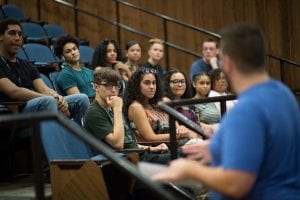
Orientation for the Westfield Promise program at Westfield State University, August 2019.
With our early college program, we are giving these students the familiarity with college in advance. They get to see and feel a college campus and take courses for college credit.
As juniors, year-long courses at the high school are co-taught by a high school teacher and university professor. What is normally taught in a semester at Westfield State becomes year-long at the high school to enable the transition to higher-level work.
By senior year, students take college courses on campus, with university students, and with regular college curriculum, assignments and grading. Students get full college credit for the courses and are eligible for up to 12 college credits by the time they graduate high school. The credits are applicable at our university and other academic institutions.
By providing these credits, we are cutting down the future debt burden for these students.

The Westfrield Promise recognition ceremony at Westfield State University.
We are fortunate to have a good partner in the Commonwealth of Massachusetts, which funds this program.
While we are certainly not the only university with an early college program geared toward lower-income students of color, we believe our model can be adapted broadly by colleges across the country.
The Westfield Promise is win-win: the program enhances the college-going culture among all populations and demystifies the college experience for individual students who would otherwise not envision themselves at a four-year university. We hope their experience with the Westfield Promise provides a greater understanding of higher education’s value in creating greater possibilities and upward social mobility as they realize their passion and progress toward their personal goals.
Social justice demands that we create more pathways so that students born into less fortunate circumstances have the same opportunities as their more affluent peers. We believe that the route we have forged is working to provide the promise of something better, ultimately disrupting the cycle of poverty and providing skilled workers for our evolving economy.
Ramon S. Torrecilha is Westfield State University’s 20th president. You can learn more about Westfield State and its programs online at westfield.ma.edu.

